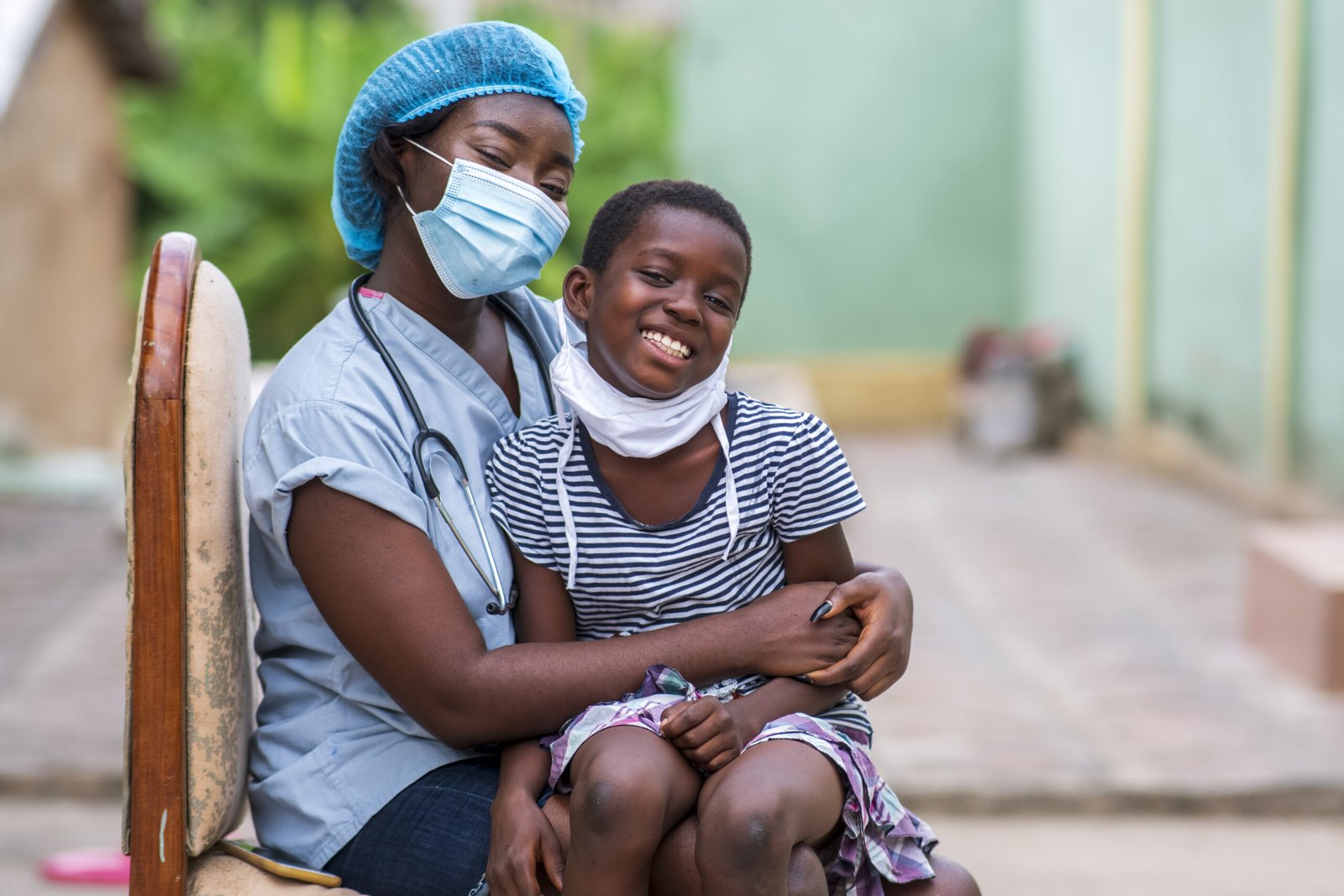In the present era, where everything is running so fast, the scenario of scientific breakthroughs and the sector of healthcare is advancing rapidly. Still one breakdown stays permanent, and that is the “health equity gap.” This significantly shows a huge difference between the population that has easy access to healthcare and other populations with no such privilege, which is a necessity.
This article will help you to easily understand why bridging this gap is not just a need of the hour but also a very crucial step to achieve a truly healthy and happy world.
Understanding the Health Equity Gap
Now let us first understand what health equity is. According to WHO, or World Health Organisation health equity is defined as “the absence of unfair, avoidable, or remediable differences in health among population groups, whether those groups are considered socially, economically, demographically, or geographically or by other inequality dimensions.
Indeed, today a huge number of people are facing numerous barriers to accessing basic and essential healthcare services worldwide. This discrimination is supported by various means, including economic barriers, inequality, racism, geographical factors, gender, and systemic failure addressing healthcare delivery.
The numbers tell a grim story:
- In U.S., health inequalities are apparently worth around 320 billion dollars for annual health care expenses, and it is estimated to reach around 1 trillion dollars in the upcoming 15 years.
- In the year 2015 alone, Africa in terms of preventable disease, hit a stumbling block of 2.5 trillion dollars in losses in productivity.
- A significant change (on average 33 years) in life expectancy exists between people born in countries with the highest and lowest life expectancy. These determinants can change the equity and affect people’s lives and the global scale of equity.
These differences not only represent the suffering and death that can be prevented but also focus upon great concerns to be considered by healthcare managers and systems.
Why Bridging the Gap Matters?
Since healthcare is a necessity that everybody should have access to. Therefore, bridging this health equity gap is not charity but a duty to transform the health imperative that works unbiased for everyone. Along with that, there are a few more reasons to fill this gap.
Let’s have a look. Bridging the health equity gap is important because:
- Public Health Benefits: Equitable access reduces the chances of the spread of communicable diseases and elevates the likelihood of successful treatment outcomes.
- Economical Benefits: A country with a healthy population produces productive individuals that eventually contribute in all ways to boost the country’s economy.
- Global Stability: Reducing inequities can promote a better and stronger society that can ultimately contribute to political and economic stability.
How the Gap Can Be Bridged?
Addressing the health equity gap requires a comprehensive and multi-stakeholder approach. It includes:
- Policy and Governance: Government should invest a handsome amount in healthcare facilities and infrastructure, ensure equal and universal distribution of all the facilities to everyone, and implement policies that significantly deteriorate disparities.
- Healthcare Delivery and Access: Expansion of healthcare access via community health workers, mobile clinics, and digital health solutions are a few ways to reach underserved areas.
- Education and Awareness: A well-educated country is completely aware of their health rights and is full of individuals who understand and take charge of their own health.
- Collaboration: Multiple-sector partnerships between various NGOs, government bodies, and even private sectors are crucial to develop sustainable solutions.
The Role of the Pharmaceutical Industry
Pharmaceutical companies play a very crucial role in removing the health equity gap. Pharma companies can take numerous initiatives that can not only improve the accessibility but also the affordability and availability of medical facilities to all. Here’s how:
- Research and Innovation: Making an investment in treatments of diseases that usually affect low-income regions, such as malaria or tuberculosis.
- Affordable Drug Development: Pharma companies can create cost-effective yet productive medicines for underserved regions without compromising on quality.
- Expanded Distribution Networks: Reach the most unprivileged and underserved regions and communities.
- Data and Insight: Utilizing real-world evidence for better understanding of health inequity and targeting solutions effectively.
- Collaborative Models: Collaborating with various bodies, including NGOs, government, and the private sector, can help with funding and can easily implement access programs.
Globela: Living and Promoting the Vision That “Every Life Is Precious”
In this global concern of health equity, Globela Pharma stands as a powerful example of what innovation, technology, integrity, and commitment mean. With this revolutionary vision of “every life is precious,“ Globela Pharma is not just dreaming of a world with good health and full-fledged medical facilities but indeed building it.
What does Globela offer?
There is a list of things Globela Pharma offers to participate in gapping the bridge of health equity; here’s the list:
Affordable Innovation Without Compromise
At the core, Globela Pharma’s mission is to provide the best facilities without compromising on quality. Through various research and development, the company develops medicines that meet the international standards certified by global health regulating bodies, including WHO-GMO, EU-GMP, and ISO. This makes sure the medicines patients are consuming worldwide are safe, effective, and authentic.
Expertise, Experience, and Efficiency
Since, Globela Pharma is an integrated model that processes its whole procedure itself, from discovery, research and manufacturing to global distribution, Globela does all of this on its own. This allows the company to save the funding from multi level distributors, allowing the company to operate with a high level of cost-efficiency. This integrated approach has helped Globela Pharma to serve more than 50 countries, reaching even the most underserved regions with important medications and treatments.
Relationships
The company’s Contract Research and Manufacturing Services (CRAMS) and Contract Development and Manufacturing Organization (CDMO) qualities make the company a very valuable and reliable partner to other pharmaceutical companies. The support of other companies helps to accelerate the development and delivery of essential medicines and treatments around the globe.
Globela Pharma in a Nutshell
What is setting Globela Pharma apart is not just its certifications and good infrastructure but the values it holds. Every formulation we develop , every dispatched shipment, and every partnership we form is just for one cause: maintaining and promoting better human health and life.
Globela’s work syncs flawlessly with the goals of other pharmaceutical companies to eliminate inequity in healthcare and ensure equal access. At Globela we have only one focus: we must create a healthcare system where no one is left behind, whether we are hustling in researching and formulating complex generics, designing distribution models, or investing in biosimilars.
A Shared Responsibility of All
Bridging the health equity gap is neither the job of an organization nor a single sector but a collective and shared responsibility of all. Here is how everyone has a role to play in it:
- Government should create and implement inclusive policies.
- NGOs should educate.
- Healthcare providers must ensure dignified, reliable, authentic, and culturally competent care.
- The pharma sector must innovate the healthcare facilities (medications and treatments) and provide better access.
- Consumers can stay informed and can advocate for authenticity, unbiasedness, and holding institutions accountable.
Conclusion
In the present scenario, we indeed can’t ignore the health equity gap, and reducing it is not just one entity’s duty but a collaborative approach. The costs of research conduction, manual and expertise skills, manufacturing, distribution, etc., are too high, but with global cooperation, partnerships, and companies like Globela, we can be relaxed and think of a future where healthcare is indeed a right and not a luxury.
In the end, until the agenda of “every life is precious “ is achieved and we reach our best for each of them. We are not going to stop, until we reach every person, despite his geographical region , gender, and income can access the care and treatment everyone needs.


